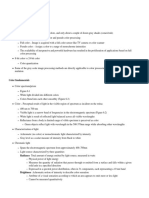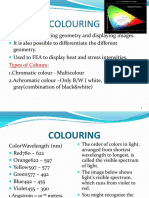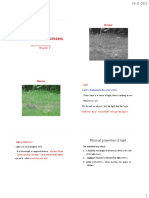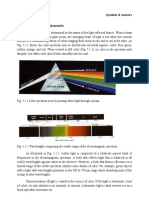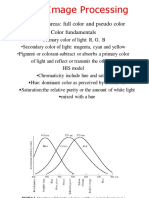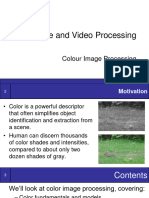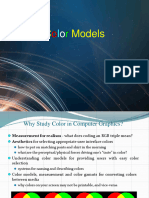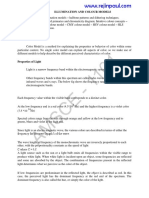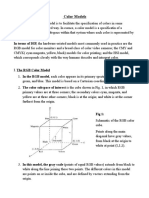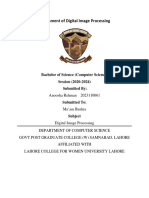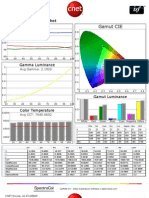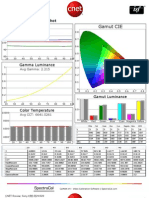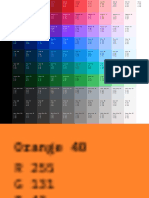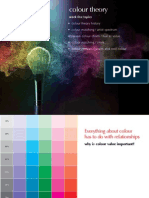0% found this document useful (0 votes)
51 views63 pagesM-3 Color Image Processing
color image processing ,three methods rgb, yuv, msi
Uploaded by
Nine ToCopyright
© © All Rights Reserved
We take content rights seriously. If you suspect this is your content, claim it here.
Available Formats
Download as PPTX, PDF, TXT or read online on Scribd
0% found this document useful (0 votes)
51 views63 pagesM-3 Color Image Processing
color image processing ,three methods rgb, yuv, msi
Uploaded by
Nine ToCopyright
© © All Rights Reserved
We take content rights seriously. If you suspect this is your content, claim it here.
Available Formats
Download as PPTX, PDF, TXT or read online on Scribd
/ 63








